

Diamonds are evaluated based on four key characteristics known as the 4 Cs: Carat (weight), Cut (shape and quality of the cut), Color, and Clarity.
Lab-grown diamonds are graded mainly based on their cut quality, which significantly influences their sparkle and brilliance. Manufacturers carefully categorize fancy-cut lab-grown diamonds into different grades, crucial for customers to evaluate and appreciate the precision of the cut, ultimately defining the unique character of each diamond.

'Excellent' cut diamonds reflects the maximum amount of brilliance and fire. It reflects nearly all light that enters the diamond, creating exceptional sparkle and life.
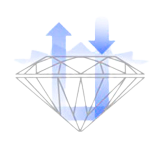
'Very Good' cut diamond properly reflects most of the light that enters the diamond, producing superior fire and brilliance. Under normal lighting conditions, an excellent cut is reflected in Lab Grown Diamonds at wholesale price.

Reflects a majority of the light that enters the diamond, for an above average appearance. An excellent value compared to higher cut grades.
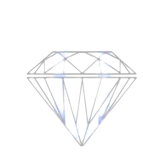
Allows much of the light entering the diamond to escape from the sides or bottom, reducing perceived fire and brilliance. More acceptable in diamonds weighing less than 0.75 carats, where differences in sparkle are more difficult to perceive. The diamond may appear noticeably dull and lifeless, even to an untrained eye.
Diamond clarity is all about the number and placement of 'inclusions' or flaws that can interfere with the passage of light through the diamond. These clarity ratings are grouped into categories to help you understand a diamond's quality.
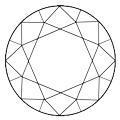
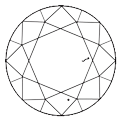
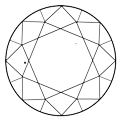
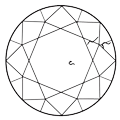
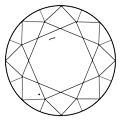
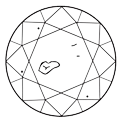
When experts talk about diamond color, they're mainly talking about the presence or absence of color in the diamond. CVD Diamond manufacturers create diamonds that are 100% pure carbon and, as a result, they are completely colorless. However, most diamonds have some level of color due to tiny traces of elements like nitrogen, boron, hydrogen, or others. In most cases, these traces of nitrogen cause a faint yellow or brownish hue in the diamond.

To accurately grade a diamond's color, it should be examined in isolation because the metal it's set in can influence how we perceive its color. For instance, a slightly yellow diamond may appear more brilliant when set in yellow gold, while it might seem less yellow in white gold or platinum settings.
To grade a diamond's color, it is placed table-down, pavilion up, and then magnified under a 10X loupe. The process involves using a lettering system from D to Z to assess the amount of color in each diamond. The coveted 'D' grade is reserved for exceptionally rare completely colorless diamonds.
Diamond color grades are categorized into the following groups: Colorless diamonds and diamonds that exhibit yellow or yellowish-brown tones. These categories do not apply to fancy colored diamonds, which have their own distinct grading system.
| Color Grades | D E F | G H I J | K L M | N to R | S to Z |
|---|---|---|---|---|---|
| Parameters | Colorless | Near Colorless | Faint | Very Light | Light |
When it comes to lab-grown diamonds and other gemstones, carat is the simplest 'C' to understand. Carat is a unit of weight, and it's directly linked to the size of the gem, even though people sometimes use these terms interchangeably. This term originates from measuring small weights using an ancient 'Carob' seed. Here's a table of common weight-related terms:

One Carat equals 0.200 grams (5 carats in 1 gram and 142 carats in 1 ounce).
A carat is divided into 100 parts each called a point. So,
Precision in diamond cutting is intricately tied to two fundamental aspects: polish and symmetry. Polish denotes the impeccable smoothness attained on each facet of the diamond, contributing to its overall luster. Simultaneously, symmetry focuses on the meticulous alignment of these facets, ensuring a harmonious and balanced appearance. These elements collectively play a pivotal role in crafting a diamond of superior quality, characterized by its brilliance and aesthetic allure.
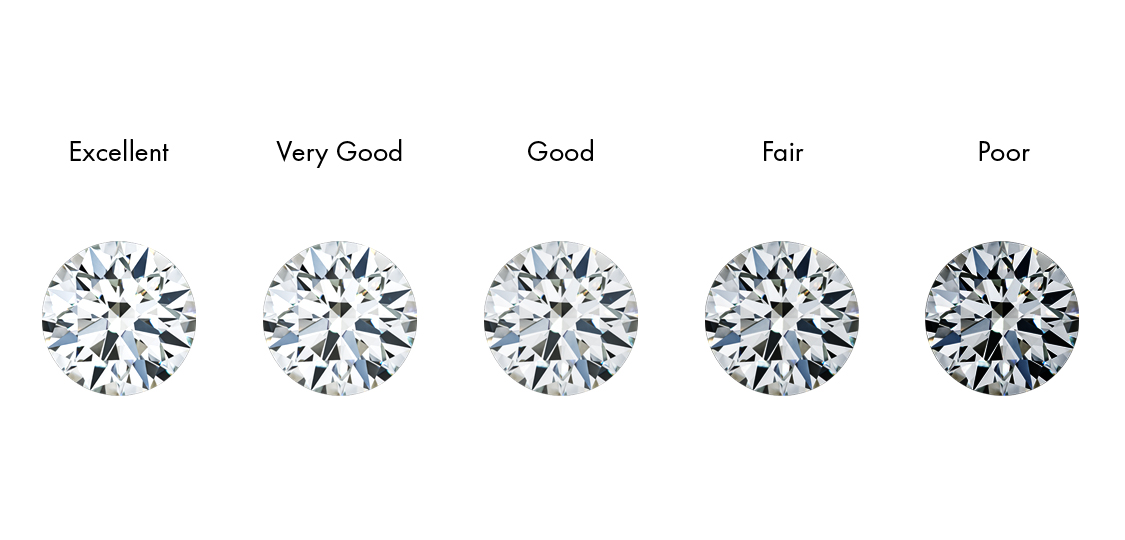
Polish and symmetry are crucial factors in assessing the quality of a diamond cut. Polish relates to how smooth each facet of a diamond is, while symmetry involves the alignment of these facets.
Imagine polish as the smoothness of the diamond's surfaces, evaluated by gemmologists. When a diamond is being cut and polished, dislodged crystals dragged across its surface by the polishing wheel can cause distortions. These imperfections, if severe, may interfere with the way light enters and exits the diamond, affecting its overall appearance.
Diamonds exhibit fluorescence, causing them to glow when exposed to ultraviolet (UV) light, typically due to trace minerals. Gemologists use special UV lamps in laboratories to assess this phenomenon, but natural sunlight also contains UV rays, causing diamonds to react during daylight. Approximately one-third of all diamonds display fluorescence. The most prevalent color observed in this phenomenon is blue, though diamonds can fluoresce in various other colors as well.
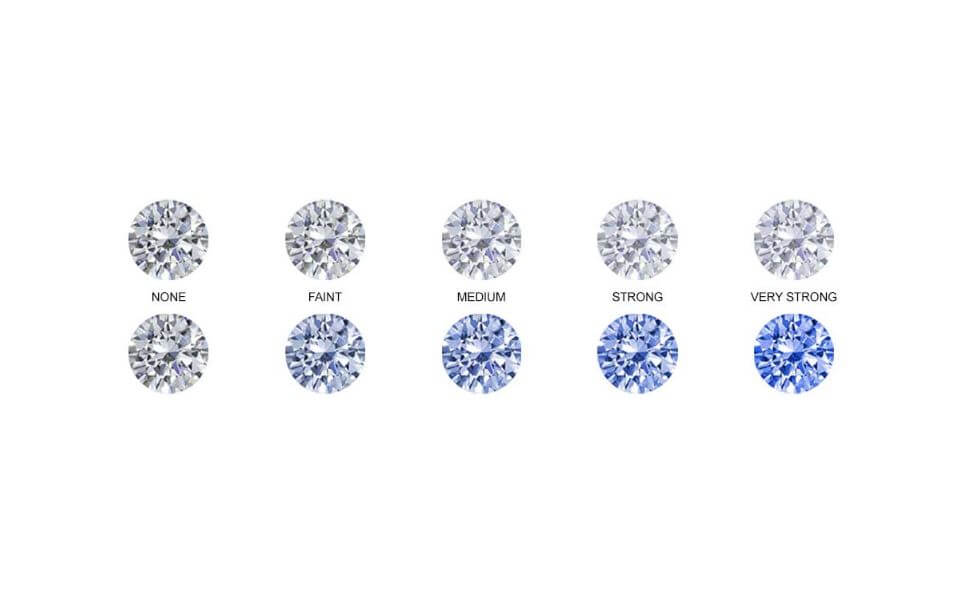
A diamond's fundamental structure involves key aspects like proportion, dispersion, brilliance, and scintillation. Examining specific components such as the Table, Girdle, Crown, Cutlet, and Pavilion is essential in evaluating a diamond's value. Each of these elements contributes to the overall appearance and quality of the diamond, and understanding them is crucial for an accurate assessment of its worth.